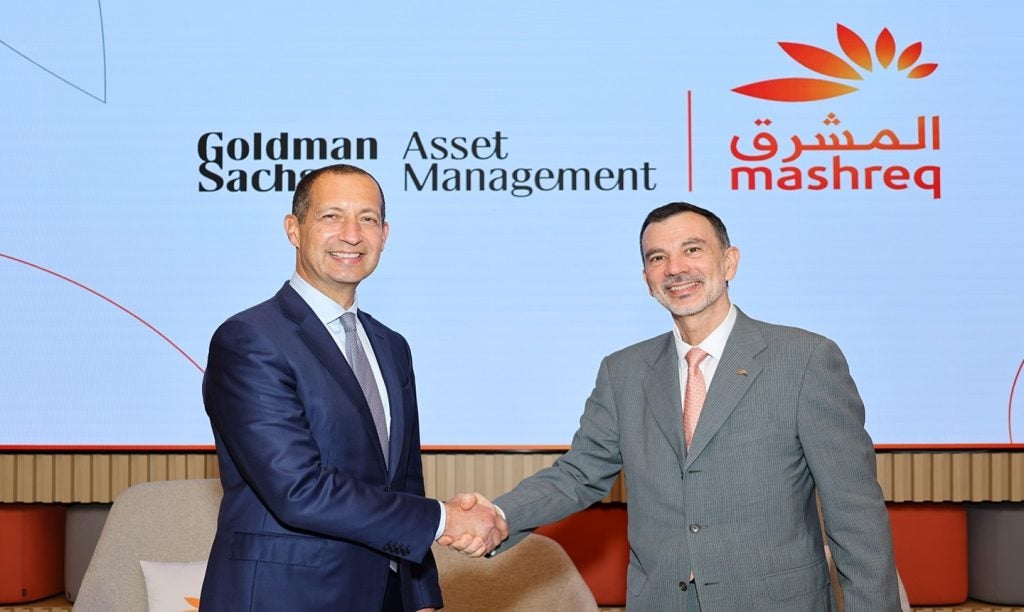Malaysia’s rapidly emerging economy provides a fertile ground for wealthy individuals. Although there was a dip in the wealthy population in 2015, WealthInsight forecasts growth in HNWI numbers over the coming years. PBI takes a closer look at the findings
According to GlobalData Financial Services’ WealthInsight, there were 26,261 high net worth individuals (HNWIs) in Malaysia in 2015, collectively holding $156.7bn in wealth.
The country’s wealthy population decreased by 1.4% in 2015, following a 3.2% increase in 2014. However, growth forecasts are optimistic. WealthInsight anticipates that the Malaysian HNWI population is to grow by 14.8% to reach 30,402 in 2020, while HNWI wealth is projected to grow by 31.9%, to reach $210.6bn.
Malaysia’s wealth industry has been plagued of late by the aftershocks of the 2015 1MDB scandal, with several private banks being severely fined. Falcon Private Bank and BSI were both banned from Singapore by the Monetary Authority of Singapore (MAS) over the scandal. Wealth in Malaysia is skewed towards the upper band of HNWIs, with UHNWIs holding 59.3% of HNWI wealth in 2015; billionaires alone held 33.1% of Malaysian HNWI wealth.
The UHNWI population accounted for a mere 2.1% of the total HNWI population in 2015 – although this is markedly higher than the global average of 0.7%.
Sources of wealth
Malaysia’s key exports include palm oil, petroleum and liquefied natural gas, wood and wood products, rubber and chemicals.
Basic materials were the primary source of wealth for 12.5% of Malaysian HNWIs in 2015. Financial services and investments were the second-largest sources of wealth, with 11.9% in the same year, followed by real estate with 9.1% and tech and telecommunication with 8.0%.
Private banking landscape
Private banking and wealth management services are at a relatively nascent stage of development; the majority of HNWIs use private banking services in neighbouring Singapore and Hong Kong.
However, there has been space for innovation in the region’s growing Islamic banking market. Malaysia was one of the first countries to offer Islamic private banking services. It is widely expected that this area of the market could be a key focus point for Malaysian banking in the future.
The key domestic banks active in the region are Maybank, CIIB and RHB Bank. The leading foreign players include CitiBank, HSBC, and the Oversea Chinese Banking Corporation.
Asset allocation
Real estate was the most popular asset class for the Malaysian wealthy in 2015. HNWIs allocated, on average, 26.5% of their portfolios to real estate, closely followed by a 23.8% allocation to equities.
The overall share of wealth held in alternatives by Malaysian HNWIs decreased from 5.4% to 5.2% between 2011 and 2015. HNWI allocations to commodities also decreased, from 2.5% to 1.6%, during the same period.







